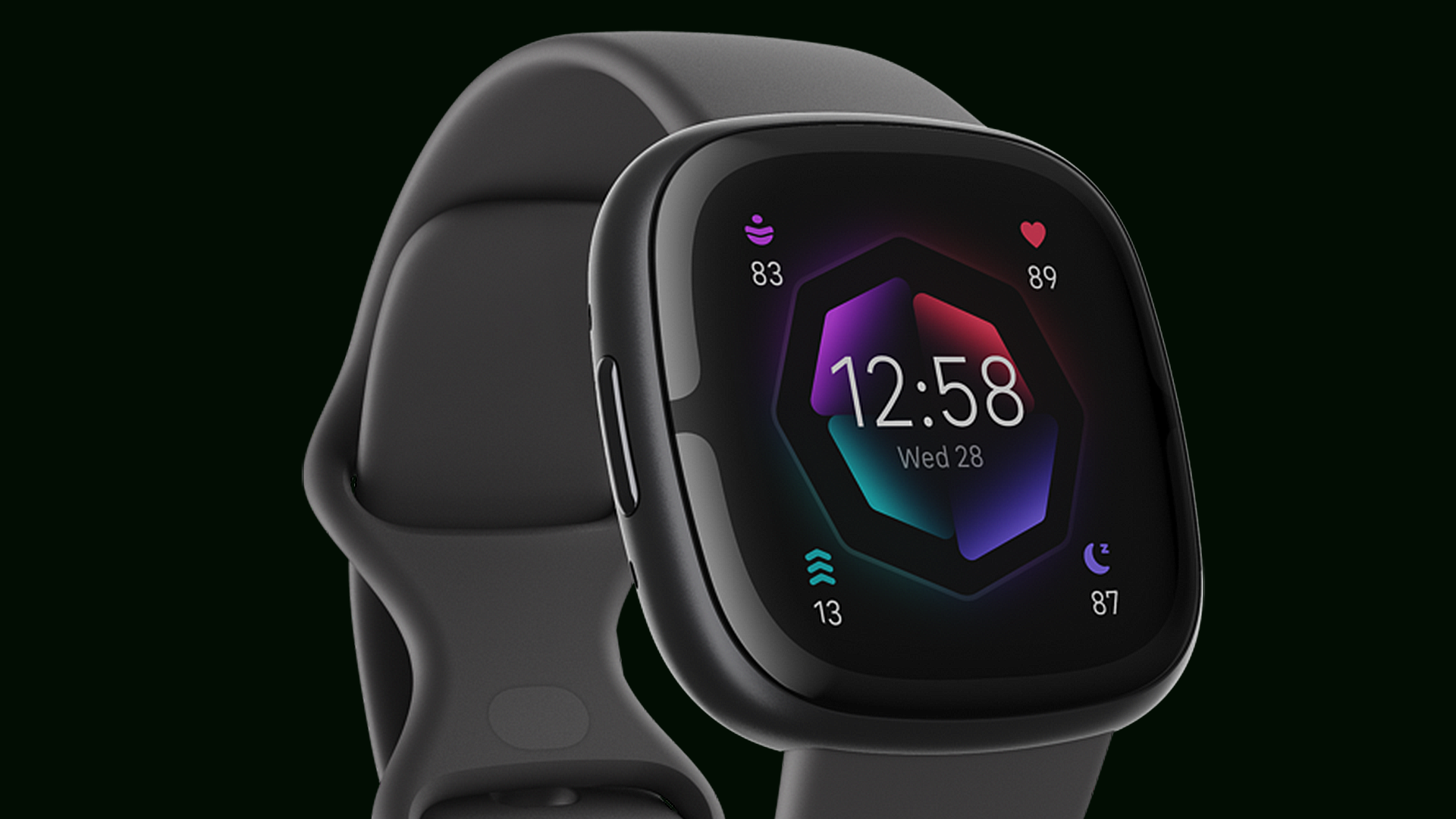During its I/O 2022 conference, Google teased that a next-gen Fitbit device could run Wear OS. People really took that teaser to heart. And while I hate to rain on their parade, I’m here to say that Wear OS would ruin everything that’s good about Fitbit’s products.
Wait, People Want Fitbit to Use Wear OS?
Back in 2020, people worried that Google’s acquisition of Fitbit would lead to disaster. They complained that Fitbit devices would be forced to run Wear OS. And these same people have totally flip-flopped—they’re mad that Wear OS isn’t included in the latest Fitbit trackers!
This is the same reactionary stuff we always see in the tech world. But admittedly, the idea of combining Fitbit services with the Wear OS platform is kind of exciting.
Fitbit doesn’t make “real” smartwatches. Its products don’t have a robust app selection, a touchscreen keyboard for texting, or deep smartphone integration. But Fitbit offers some of the best fitness and health-tracking services of any company.
Combining Fitbit services with a proper smartwatch might lead to a cool product. In fact, that’s the whole idea behind the Pixel Watch. But Google should use the Pixel Watch to test this idea instead of ruining Fitbit with Wear OS.
Battery Life Is the Biggest Problem
In the world of smartwatches and fitness trackers, Fitbit is the king of battery life. Its products last between 5 and 10 days on a charge, and it’s all thanks to the lightweight and efficient Fitbit operating system.
By comparison, Wear OS devices are lucky to survive a full day on your wrist. The Wear OS software blows through battery life. Not only is it bloated and inefficient, but it requires a power-hungry CPU. This is doubly true when you enable GPS, Bluetooth, or cellular service.
A Fitbit device running Wear OS would have a terrible battery life. Sure, a larger battery could extend the battery life a bit, but it would also increase the watch’s size and price.
This is the biggest problem with the whole “Fitbit should use Wear OS” schtick. Why would someone shell out for a Fitbit that lasts one day on a charge when the $99 Fitbit Inspire 2 (which regularly goes on sale for around $65) can endure 10 days of activity?
Do You Really Want Fitbit to Cost More?
If Google decides to stick Wear OS on a Fitbit device, it will probably choose a model that has a large smartwatch-styled display. This will achieve two things—first, it will ensure that the watch has a big screen for all those fancy Wear OS features. But it will also give Google more leeway in terms of pricing.
See, the recent Wear OS 3 update raised the bar for Android smartwatches. In order to build a Wear OS 3 smartwatch, you need a fairly powerful wearable chipset. Such chipsets are expensive and practically non-existent.
Fitbit products traditionally use cheap Toshiba CPUs. So, if a Fitbit runs Wear OS, it will need a more powerful Samsung or Snapdragon chipset. And that means a price hike.
Google is in a decent position here—the latest Fitbit Versa 4 and Fitbit Sense 2 cost $230 and $300, respectively. These devices are already quite expensive, and if next-gen models get a price hike, customers may not complain too much.
But here’s the thing; the Fitbit Sense 2 isn’t supposed to be an alternative to the Galaxy Watch or Apple Watch. It’s a fitness-focused device, and at $300, it exists to compete with similarly-priced fitness platforms like Garmin Venu. The Fitbit Sense 2’s high price is a reflection of its compact design, killer battery life, advanced sensors, and fitness tracking software; it has little to do with smartwatch functionality.
Switching Fitbit devices to Wear OS would almost certainly lead to a price increase. And it would be accompanied by a loss of the Fitbit’s best features. This kind of trade-off just doesn’t make sense.
Fitbit’s Greatest Strength Is Its Simplicity
In early 2022, I had the chance to review a product called the Withings ScanWatch. It’s a health and fitness-focused smartwatch, but oddly enough, its defining feature is an analog watch face. It doesn’t have a big OLED display; it’s just a normal-looking watch that happens to have some smart features.
Our readers were very excited about the ScanWatch—it’s a smartwatch for people who don’t like smartwatches. You don’t need to charge it every day, its interface is dead simple, and it doesn’t force you

